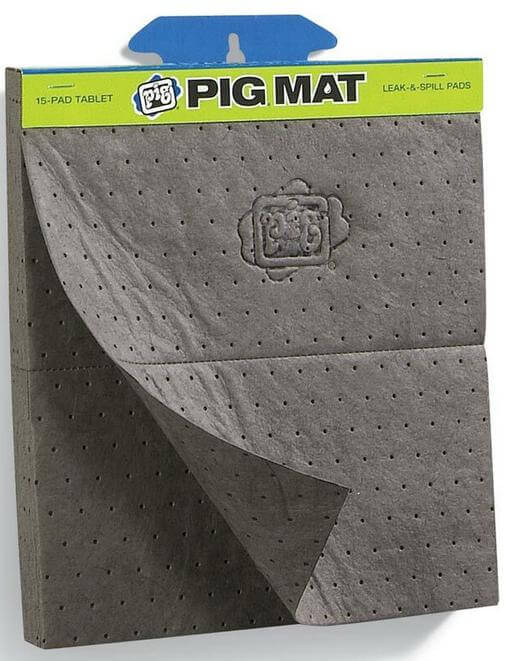How to clean an engine
Tips for how to clean an engine
Dust, dirt, oil, and grease can make your engine and entire engine compartment look like crap. So many DIYers decide to clean their engines. But if you don’t know what you’re doing, you can screw things up royally. There are many components under the hood that can be damaged by degreasers and water. So I’ll bring you up to speed on how to clean an engine the safe way.
Tip #1 Never clean an engine with a power washer
It sounds like a quick easy way to clean an engine without much scrubbing. That part is true. The problem is high pressure. It forces water into electrical connectors and electrical components that should never touch the water. Even if you’re careful, it’s just not a good idea. Don’t do it.
Tip #2 The rinse water is toxic waste
It doesn’t matter that you’re using a biodegradable degreaser; the grease you’re washing off isn’t biodegradable. If you just flush it down your driveway into a storm sewer, you’re polluting big time. So you have to take some precautions to capture the oil and grease. I’ll show you how to do that.
Tip #3 Take the time to prep electrical connectors
Most electrical connectors on late model engines have silicone waterproof seals. Well, they were waterproof when the vehicle came off the assembly line. Years later, those same connectors might not be so waterproof. So it’s best to protect them.
Clean an engine Step-by-Step
Step 1: Start the engine and let it run until it’s warm. That will soften the grease and help the degreaser to work faster
Step 2: Remove the air filter box and intake duct. Then seal the throttle body with cling wrap and a rubber band.
Step 3: Wrap electrical connectors with cling wrap. Wrap cling wrap around your alternator.
Step 4: Lay an oil absorbent mat under the engine. Pig Mat is  one product that will absorb oil and grease but shed water. This will prevent pollution. Find it at any auto parts store.
one product that will absorb oil and grease but shed water. This will prevent pollution. Find it at any auto parts store.
Step 5: Spray degreaser on the engine and around the engine compartment. Use a nylon brush to scrub the lightly soiled areas to remove dirt and oil residue. Use a wire brush on heavily greased areas to speed up the dissolving process. Repeat the degreaser application as the grease breaks down.
Step 6: Using your garden hose and a nozzle, shoot water between the radiator fins and the condenser coil to remove dust/dirt buildup from your radiator. Repeat the process on the front of the condenser coil.
Step 7: Rinse with a garden hose and nozzle, avoiding hard streams. Continue degreasing, brushing, and rinsing until the engine is clean.
Step 8: Use compressed air or a leaf blower to blow off as much water as possible.
Step 9: Wipe engine and compartment areas with a rag.
Step 10: Remove all the cling wrap from the alternator and wiring connectors. Remove the cling wrap from the throttle body and re-install the air duct and air filter box.
Step 11: Start the engine and let it warm up to dry off any remaining water. Then take it for a spin.
©, 2020 Rick Muscoplat
Posted on by Rick Muscoplat